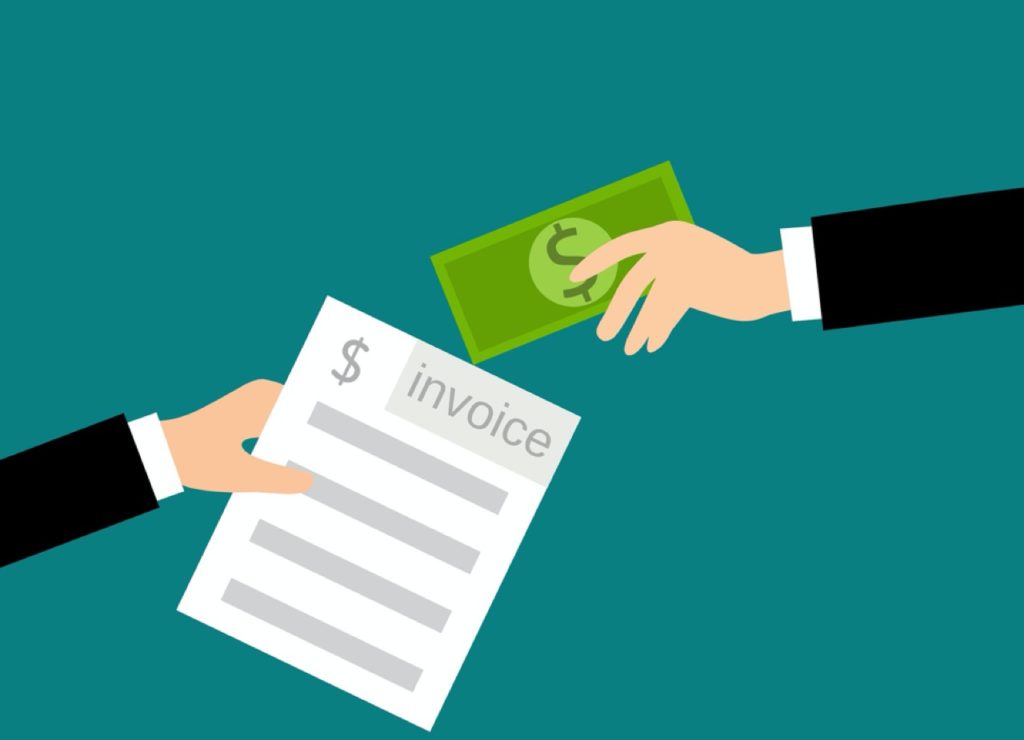For entrepreneurs and companies in need of capital, invoice financing can provide an ideal solution to the problem. It’s not only more flexible but also a lower risk when compared to many of its borrowing alternatives. It’s, therefore, no surprise that invoice financing is becoming an increasingly popular borrowing avenue for businesses.
Unfortunately, many business owners remain totally unaware of its benefits and even its existence. In simple terms, invoice financing is a means of borrowing capital against outstanding invoices. It is available in two forms – discounting and factoring – lending it a level of flexibility that makes it suitable for virtually any business as long as the business is making a profit and collecting invoice payments.
If you’re trying to expand your business and you are looking for financing options, here are some valid benefits why you should consider invoice financing in your list.
Benefits
- Invoice financing allows you to immediately access cash and have a positive cash flow that permits growth without the restrictions of traditional lending methods
- There’s no real estate attached to invoice financing, making it a lower risk form of borrowing. When it comes to traditional financing methods, you are likely to be required to attach personal or commercial real estate as security. But with invoice financing, the value of the invoices serves as security for the finances and real estate assets are not at risk.
- Invoice financing is often approved in a matter of weeks rather than months. Once an account is up and running, the funds can typically be accessed within a day or two.
- There are two main options of invoice financing, so there’s a high possibility that you’ll find an option that works perfectly for your business.
Types of Invoice Financing
Invoice Discounting
This is probably the most direct option. It involves selling unpaid invoices to a lender and they offer you a certain percentage of the value. Once the invoices have been paid, the lender will pay you the outstanding balance minus their fee. This essentially means that your invoices serve as your collateral for the loan to ensure your cash flows are in check. With income discounting, everything is financed automatically and upfront. However, you’ll still be in charge of managing your sales ledger and collecting debts, as well as maintaining the point of contact for your customers.
Invoice Factoring
This type of invoice financing is also known as debt factoring. It works in more or less a similar way to invoice discounting. The main difference is that you will not be responsible for collecting outstanding debts from your customers. This has one major advantage: it frees up your time so you can focus on other critical aspects of the business. With invoice factoring, you give the factor or lender your invoices and they offer you a certain percentage of the value of the invoices to resolve your cash flow issues. The lender will then chase up and collect the debts from your customers and once paid you will receive the remaining balance minus their fees. The fees are usually approximately 2% of the total value of the invoices.
Summary
If you are already expecting payments from your customers and your business is experiencing cash flow problems and you need money to sort the issue you should consider invoice financing rather than a traditional loan. The loan amounts are often smaller and the terms of repayment are shorter. It is also a straightforward means of obtaining funds to finance or expand your business operations and get them paid back quickly.



